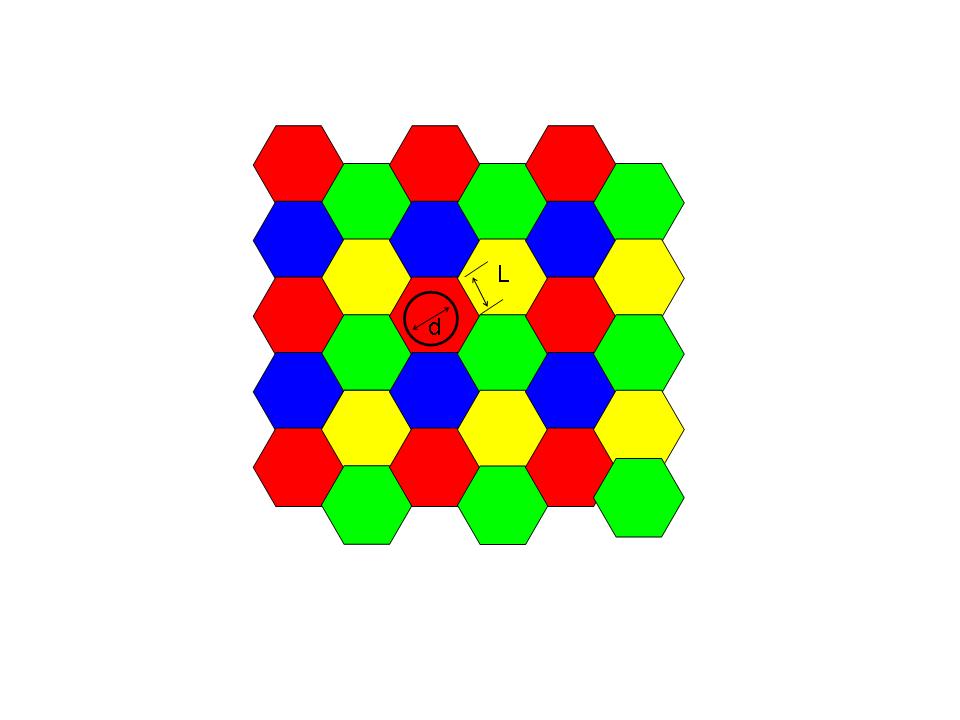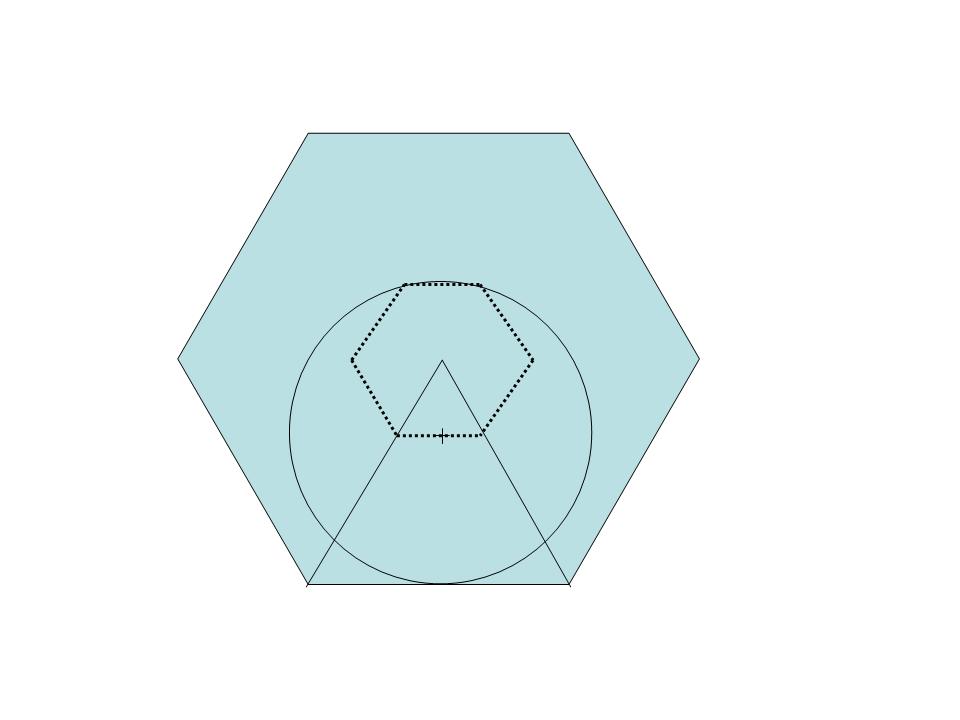A Fistful of Brain Teasers
Posted by: Don Atkinson on 13 November 2017
A Fistful of Brain Teasers
For those who are either non-British, or under the age of 65………. The UK used to have a brilliant system of currency referred to as “Pounds, Shillings and Pence”. Simplified to £ ? s ? d. No! Don’t ask me why the “Pence” symbol is a “d”, just learn it and remember it !
A £ comprised 20 Shillings and a Shilling comprised 12 Pence. Thus a £ comprised 240 Pence. I reckon that both Microsoft and Apple would have difficulty with these numbers in their spreadsheets, more so if we included Guineas, Crowns, Half-Crowns and Florins. However, I digress..............
The purpose of the explanation is to assist with the first two or three teasers that follow. So just to ensure a reasonable comprehension has been grasped…. ….. if each of three children has £3 ? 7s ? 9d, then collectively they have £10 ? 3s ? 3d Got the idea ? Good ! Just try 5 children, two each with £4 ? 15s ? 8d and three each with £3 ? 3s ? 4d. How much do they have between them ? (this isn’t the first brain teaser, just the basic introduction with some “homework”, the Teasers follow)
Posted on: 27 December 2018 by Don Atkinson

An infinitely large floor is covered with hexagonal tiles side L. Different coloured tiles are used such that no two adjacent tiles are the same colour.
A thin hoop diameter D is thrown onto the floor at random.
What is the probability of the hoop laying across more than one colour of tile ?
Posted on: 27 December 2018 by Don Atkinson
You want to be an astronaut ? (as an alternative to popeye's what DO you do ?)
- Box of matches
- Handheld GPS receiver
- 15 metres nylon rope
- Three spare batteries for spacesuit
- Parachute silk
- Three spare carbon-dioxide removal canisters for spacesuit
- One case of dehydrated food
- Three spare oxygen tanks for spacesuit
- Stellar map
- Self-inflating life raft
- Magnetic compass
- 20 litres of water – can be administered through a special drinking port in spacesuit
- Two handheld mirrors
- First-aid kit including medical tape, scissors etc
- Solar-powered FM receiver-transmitter
You and two crew members have crash-landed on the moon 50 km from your intended rendezvous with the Lunar Base. Survival depends on reaching that Lunar Base. Your spacecraft and most of its contents have been destroyed but the most critical items from the above list of undamaged items must now be selected for your journey.
The good new is that in the lunar gravity, you can travel at 5 km/hr. The bad news is that your built-in spacesuit consumables will only last for 8 hours.
Group the above items in order of importance/usefulness for reaching the lunar base. Put them into three groups viz – Essential; Useful; Not much use.
PS it's only a game, there is no risk that you, or any other "middle manager" will be on the next rocket to the moon 
Posted on: 28 December 2018 by Don Atkinson
OK I'll bite 50rpm since the first and last wheels are the same.
Apologies for the delayed response, Ian.
You’re right. And I think it doesn’t matter what’s in between, but if the first and last wheels are the same size, they rotate at the same speed.
If so, it follows that all wheels of the same size, turn at the same speed.
Posted on: 28 December 2018 by Don Atkinson
How many squares are there on a chess board ?
Posted on: 28 December 2018 by TOBYJUG
How many squares are there on a chess board ?
Depends on who's playing ?
Posted on: 28 December 2018 by Mike Sullivan
How many squares are there on a chess board ?
Lots.
Posted on: 28 December 2018 by Innocent Bystander
Posted on: 28 December 2018 by Innocent Bystander
Posted on: 29 December 2018 by Don Atkinson
Although the "squares on a chess board" also came out of he O-Level book, I have always seen it as a "Character Assessment" type of question rather than simply a maths question.
Sure, the question as presented is somewhat vague. and It is presented as a "Puzzle", so more for amusement than O-Level progress. Unlike the "proper" questions, there are no answers given at the back of the book for puzzles !
So, 10/10 for all the Character Assassination responses - well done  - and i'm sure there are plenty more !
- and i'm sure there are plenty more !
As for IB's second attempt............... well it's along the right lines ...................
Posted on: 30 December 2018 by Don Atkinson
IB made a good attempt but .....
..... for the life of me I can't generate 202 from 8*8 + 7*7 + ...... + 1*1
Posted on: 30 December 2018 by Innocent Bystander
Perhaps I should have checked either my summing or used a calculator... try 204!
Posted on: 30 December 2018 by Don Atkinson
Well done IB !
Eventually, 
Posted on: 31 December 2018 by Don Atkinson

A starter for 10 for the hoop in a hexagon teaser above.
Posted on: 31 December 2018 by Ian G.
The method for the hexagon problem is the same as for the Hoop La once if that encourages anyone else to have a go.
Posted on: 01 January 2019 by Ian G.
Probability of hoop spanning more than 1 colour in the hexagonal tiling is

Posted on: 01 January 2019 by Don Atkinson
Ian, check your answer for (say) D = 1 and L = 2
Posted on: 01 January 2019 by Ian G.
oops 
Note to self: 1 don't try and do more in your head than you can and 2 - sense check your answers!
Posted on: 01 January 2019 by Don Atkinson
oops 
Note to self: 1 don't try and do more in your head than you can and 2 - sense check your answers!
Ah !
Much better and....... much neater into the bargin !! Brilliant
Posted on: 01 January 2019 by Don Atkinson
BTW, the formula only holds good for values of "D" less than or equal to L?3
Posted on: 02 January 2019 by Don Atkinson
Ian, my formula is different to yours, but they both generate the same probabilities.
And they are both limited to values of D less than or equal to L?3
Posted on: 02 January 2019 by Filipe
Going back to the hoop and hexagon. Let l (lower case L) be the side of the small hexagon, the the required probability is area of the
P = (area large hexagon - area small hexagon)/area large haxagon.
as the hexagon is just 6 equilateral triangles then each area is proportional to the square of the side ( actually?3L²/8)
P = (L² - l²)/L² = 1 - l²/L²
the height (H) of the equilateral triangle side L
H = ?3L/2
the height (h) of the small hexagon is
h = H - D/2 > 0
D < 2H
D < ?3L
P can be restated in terms of H, h as
P = 1 - h²/H²
or
P = 1 - ((H - D/2)/H)²
P = 1 - (1 - D/?3L)²
As Ian posted.
Posted on: 04 January 2019 by Don Atkinson
Posted on: 04 January 2019 by Filipe
I thought it might help. Your drawing was a vital part. Thanks for setting these challenges.
Phil
Posted on: 05 January 2019 by Don Atkinson
Ok, a couple of straight forward probability tasters.
The first one inspired by those tubes of fruit pastilles...........
A box contains 2 red, 3 yellow and 5 green sweets. One is taken out at random and eaten. A second sweet is then taken out.
1. If the 1st sweet was green, what is the probability that the second sweet is also green ?
2. If the first sweet was not red, what is the probability that the 2nd sweet is red ?
Posted on: 05 January 2019 by Don Atkinson
The second one incorporates those proverbial fair dice..........(six sided cubes with sides numbered 1 to 6)
Two dice are thrown together.
1. What is the most likely score ?
2. what is the chance of getting this score three times in successive throws ?




